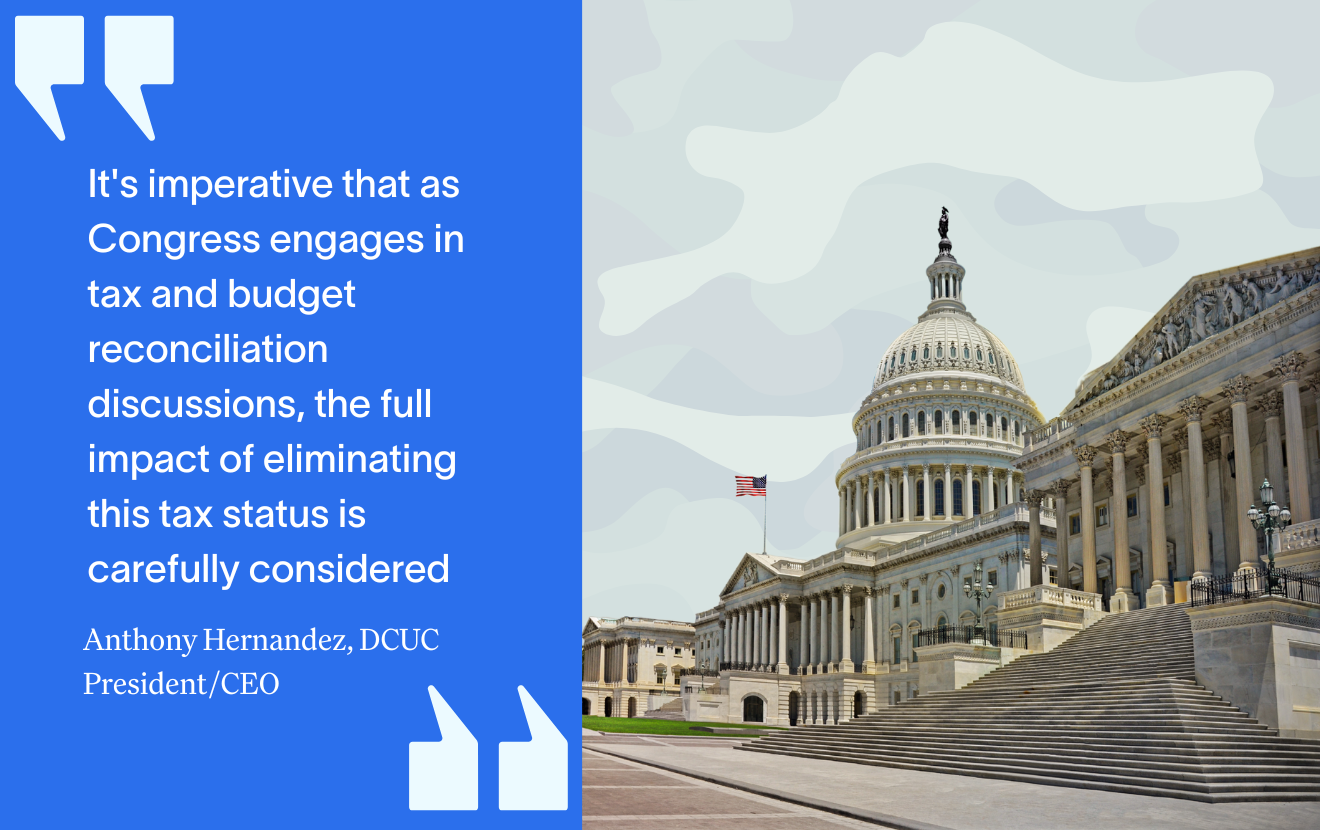The pandemic made the ability to buy and sell in a way that was easy, fast, secure and without requiring physical contact. While the acceleration of digital, mobile, and contactless payments happened in part as a response to this need, it will be a permanent shift. The 2021 Global Payments Report by Worldpay from FIS revealed that digital wallets accounted for nearly 30 percent of e-commerce spend in North America last year, and spending is predicted to exceed 40 percent by 2024. In North America, mobile wallet use at the point of sale surged 60 percent last year compared to 2019 levels, and we anticipate that this growth will continue. This trend has also affected individuals regardless of generation. In fact, Gen Zers and Young Millennials use mobile payment wallets more now than they did ten months ago, while the percentage of Baby Boomers using mobile payments rose by four times from April 2020 to February 2021.
While contactless payments were slower to catch on in America compared to other parts of the world, the pandemic has also made them part of mainstream payments behavior. According to FIS research of 1,000 Americans conducted in February 2021, the percentage of young millennials who used contactless payments tripled in the last ten months, while the percentage of boomers making contactless payments doubled. When payment providers have access to an interchangeable menu of hosted services and support that span tokenization to back office support, collections or processing, payments stop being so demanding.
Futureproofing isn’t a concern when constant innovation is a key aspect of your organization’s strategy. Credit unions that possess flexible technology solutions that allow them to plug and play, add or change services anytime, and pay only for what they need sets them far above the competition. This is because these solutions are adaptable, and as we all learned in 2020, the ability to adapt has significant impact on any business, regardless of industry. For a smaller credit union, outsourcing functions like collections or customer support can minimize its burdens. For a tech giant who wants to get into cards, outsourced card processing and tokenization as a service can be the difference between success or failure.
Such a simple concept. A shared, hosted platform that benefits everyone on it, and lets everyone on it change with ease. Clients choose which outsourcing options support their debit and credit needs so they can focus on driving revenue and acquiring and serving clients. When or if those needs change, they can remove or add services just as easily. It’s not another “as a service” offering. It’s the freedom to change for the better.
Achieving your credit union’s omni-channel goals
Credit unions who have switched to these types of solutions have experienced several exciting upgrades. Most notably, speed to market with new products and solutions and a lower total cost of ownership. By actively consolidating platforms, credit unions are beginning to benefit from the “develop it once, fix it once” mindset. In addition, partnering with the right technology partner means being able to quickly pivot to get products developed and in market quicker, and that means less cost.
Bringing together the total cardholder view into one best-in-class user interface has also provided credit unions with the ability to service their cardholders’ needs quicker and more efficiently, and to have a more in-depth view of their buying behaviors and to stay on top of fraudulent activity. Credit unions that adopt these technologies can truly set their brand apart and establish themselves as a credit union that enables their member through the most advanced technology available.







